John Hurrell – 14 July, 2024
It is clearly evident that this artist's images are cleverly devised. On both sites. They are very entertaining, and one can also greatly enjoy the fact they are not pristine or anal but slightly sloppy in execution, with lots of sideswiped smudges, angular flicks, spraying splashes, minute blurs and wee dribbling bleeds around the edges of the silhouettes. They are nicely relaxed, as if 'take it or leave it…I'm having some fun with this.'
Pakuranga
Lolani Dalosa
Character Studies
12 May - 21 July 2024
For Te Tuhi, Lolani Dalosa presents two sets of public billboards, each with three rectangular panels in dark blue, that are positioned in front of Parnell Station and on Reeves Rd opposite the Te Tuhi community spaces. Using silhouettes to depict in Parnell clichéd images of a dominant controlling mother, drunken derelict father and argumentative free-spirited son, but in very pale grey for each somewhat lumpy figure, they amuse through their recycling of a later nihilistic (but initially folksy and humorous) didactic style from the late thirties.
Studying these public images close-up is very different from observing them at a distance. What is initially slick and polished becomes raw and roughly executed—particularly around the edges of the screen-applied blue. On the large 9 x 10 foot canvases in Parnell, we see large fragments of purplish ultramarine, and occasionally pale duck-egg blue, and black, locking together (via painted on masks) around the glowing grey that they enclose.
These are more complex than you might at first realise, for the forms are depicted with a planar thickness, seen slightly to one side, as if made of very heavy card. There is a black shadow along their lefthand edges. At Parnell there is depicted in all three panels a low wrought iron fence, behind which in one canvas stands the father (he has a dripping nose) with his beer and wonky bicycle. Tellingly its buckled wheels have shambolically positioned spokes.
With the Reeves Road installation in Pakuranga, because of the whiteness of the supporting concrete block wall, Dalosa has shrewdly made the negative background behind the blue a darker grey, so that the canvases remain distinct units. Flipping the use of dark tone, they show three large children suspended from a sling hanging from a turning clothesline, a flying crow clutching their belt, or enclosed in a sort of long bucket held aloft by chains. These are hefty brats, maybe young teenagers, being mocked for being infantile.
It is clearly evident that this artist’s images are cleverly devised. On both sites. They are very entertaining, and not pristine or anal but slightly sloppy in execution, rough with lots of sideswiped smudges, angular flicks, spraying splashes, minute blurs and wee dribbling bleeds around the edges of the silhouettes. In that coarseness they are nicely relaxed, as if to say ‘take it or leave it? I’m having some fun with this.’
So what is Dalosa up to here? What is he on about in these chuckle-inducing depictions of duo-generational conflict?
Perhaps he is suggesting these vehement disagreements and clashing personalities can never be reconciled, and that such raucous quarrels are destructive and a waste of time? And possibly, that while regrettable, there is a funny (if not absurd) side, so we should not take our own opinions too seriously? That maybe (to speculate) we should even forget a search for meaning in the ‘emotional’ imagery such as that seen in Parnell. It is fruitless and can only lead to a dead end.
John Hurrell
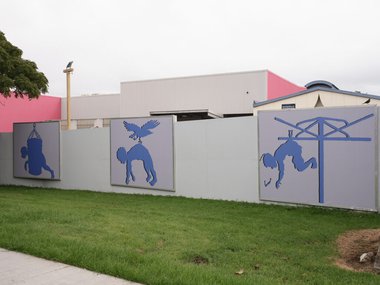
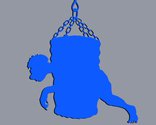
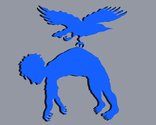
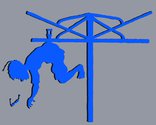
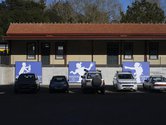
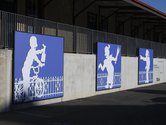
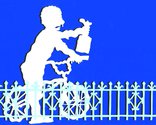
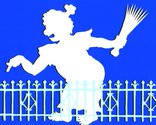
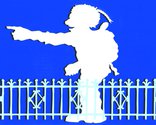
 Two Rooms presents a program of residencies and projects
Two Rooms presents a program of residencies and projects Advertising in this column
Advertising in this column



This Discussion has 0 comments.
Comment
Participate
Register to Participate.
Sign in
Sign in to an existing account.